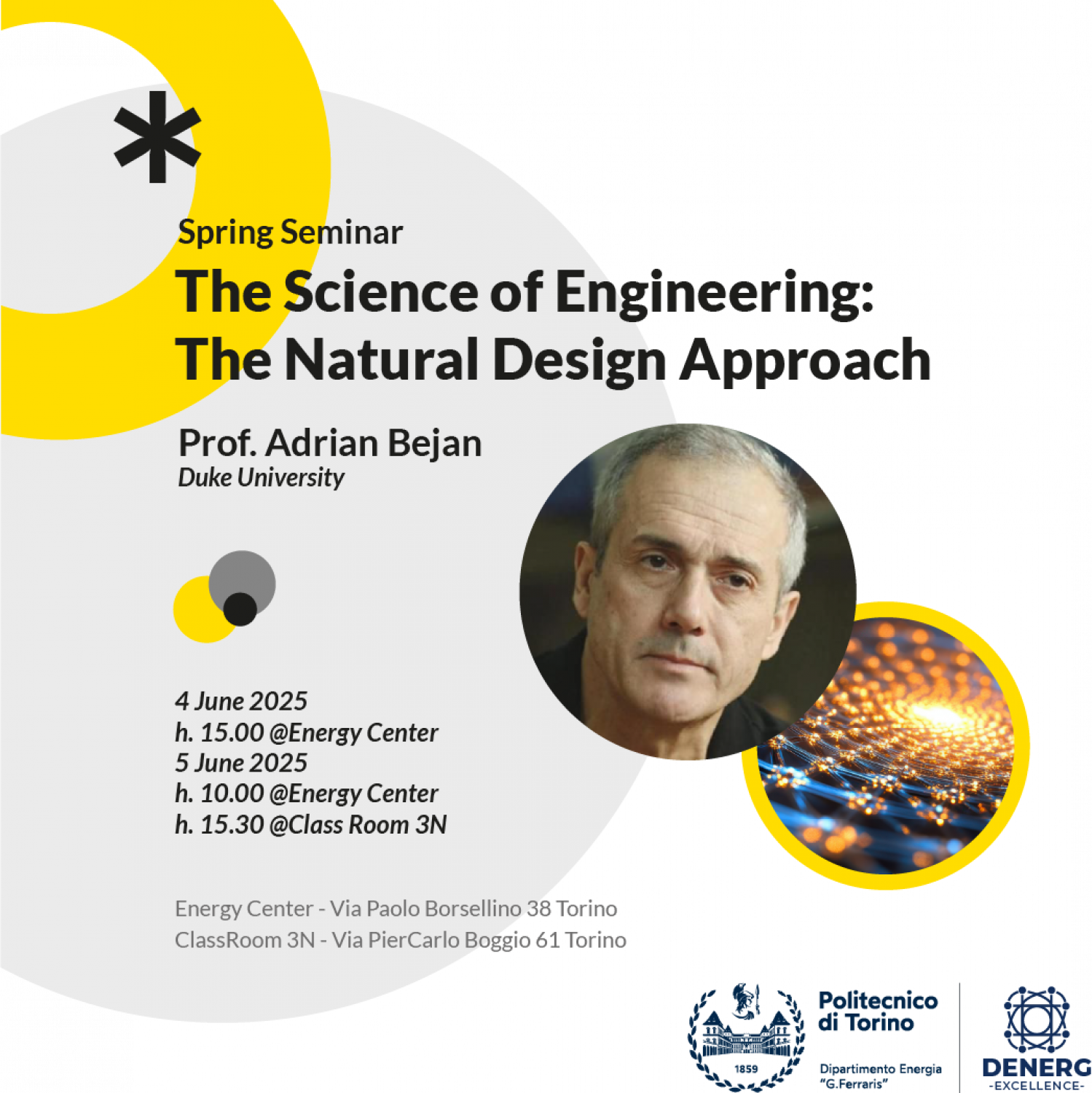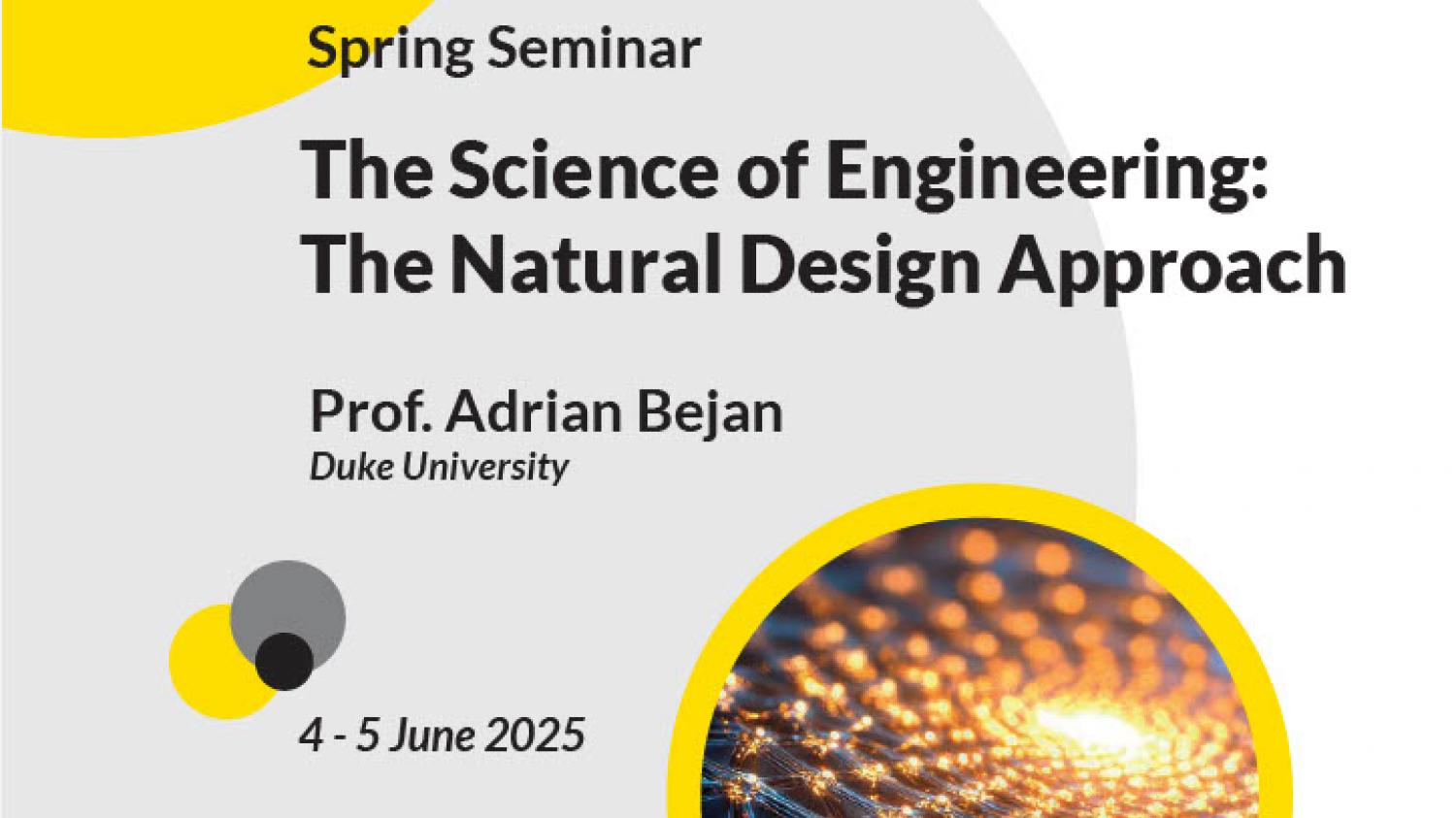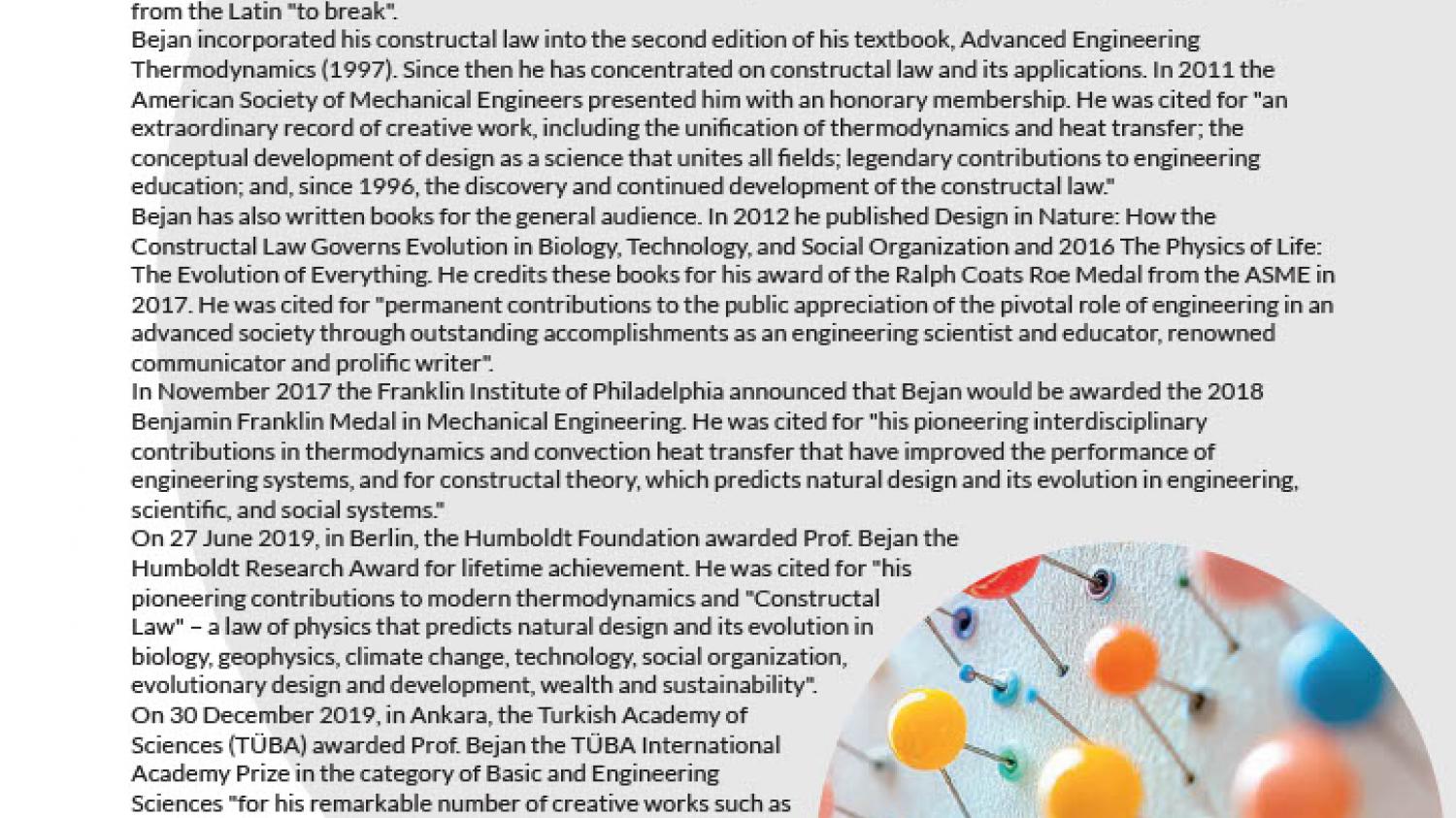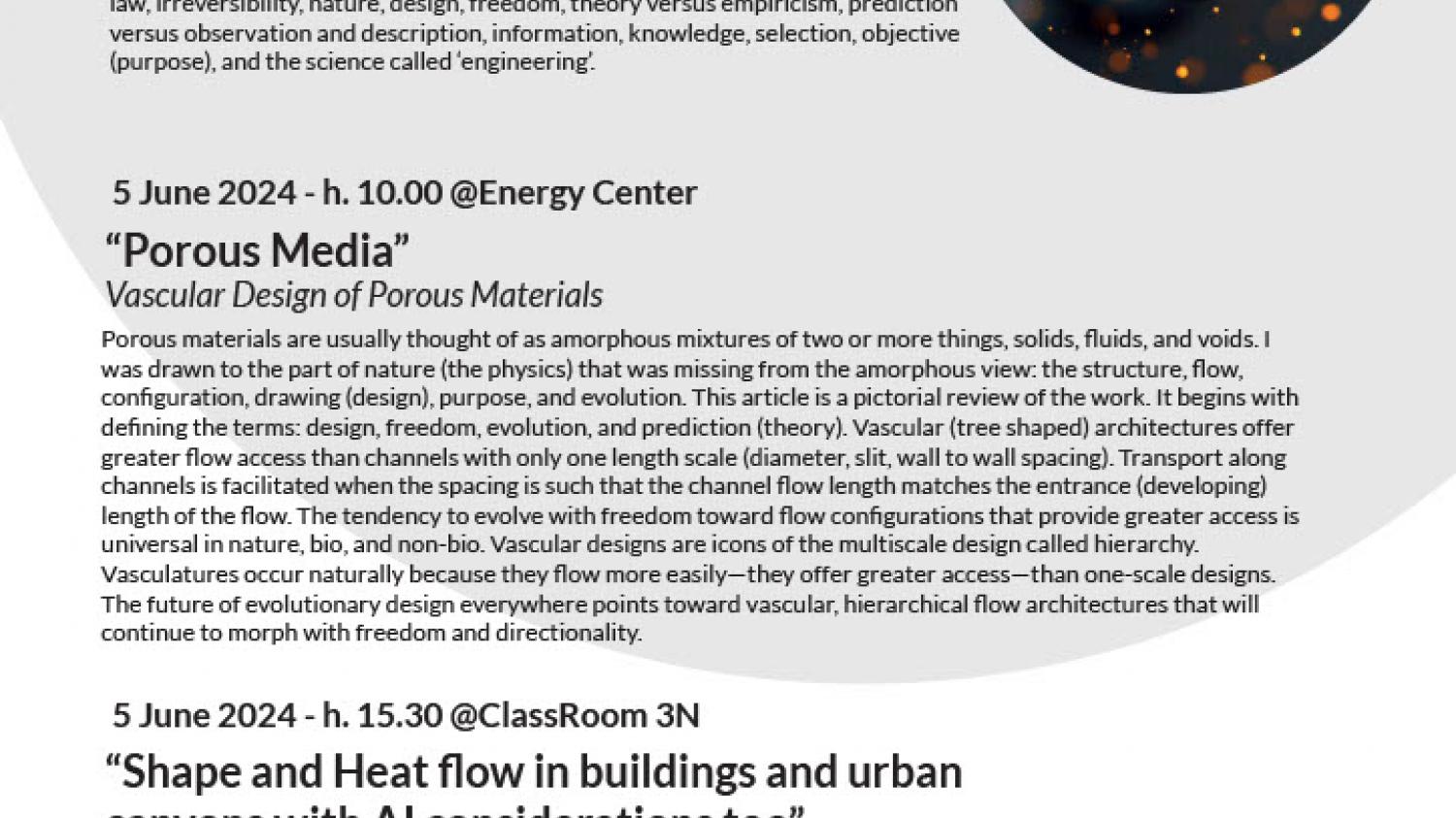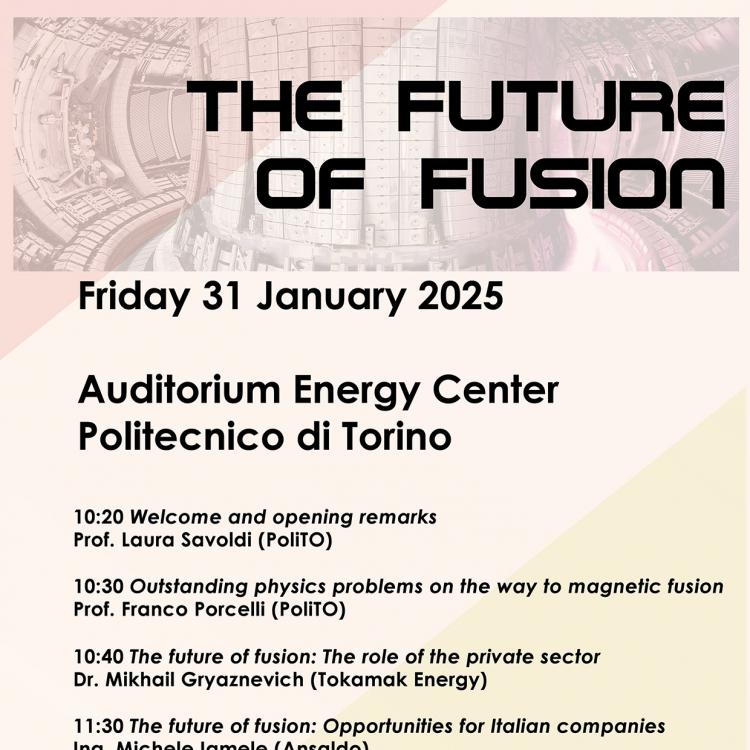𝗧𝗵𝗲 𝗦𝗰𝗶𝗲𝗻𝗰𝗲 𝗼𝗳 𝗘𝗻𝗴𝗶𝗻𝗲𝗲𝗿𝗶𝗻𝗴: 𝗧𝗵𝗲 𝗡𝗮𝘁𝘂𝗿𝗮𝗹 𝗗𝗲𝘀𝗶𝗴𝗻 𝗔𝗽𝗽𝗿𝗼𝗮𝗰𝗵
Everything, from biological life to inanimate systems, generates shape and structure that evolve to facilitate flow. Efficient systems like river basins and cardiovascular networks effectively move water, blood, or electric flows. Similarly, the complex designs of animals enhance their energy efficiency for movement. This principle, named the Constructal Law, also applies to human organisations, reflected in hierarchical flowcharts in corporations and politics. Design in Nature presents these ideas clearly, transforming our understanding of the world. The “father” of this approach, Prof. Adrian Bejan, Benjamin Franklin Medal and the ASME Medal, will explain this theory in three meetings.
Register at: https://tinyurl.com/3wb6tdxv
In 1995 while reviewing entropy generation minimization for a symposium paper and writing another paper on the cooling of electronic components, Bejan formulated the constructal law. Where electronic components are too small for convective cooling, they must be designed for efficient conduction. The paper provides a method for efficiently designing conductive paths, from smaller paths leading to larger ones. The similarity of the solution to the branching structures seen in multiple inanimate and living things led to his statement of what he calls a new law of nature: "For a finite-size system to persist in time (to live), it must evolve in such a way that it provides easier access to the imposed (global) currents that flow through it." To emphasize the coming together of paths he called the theory constructal from the Latin "to construct", in contrast with approaches using fractal geometry, from the Latin "to break".
Adrian Bejan is a Romanian-American professor who has made contributions to modern thermodynamics and developed his constructal law. He is J. A. Jones Distinguished Professor of Mechanical Engineering at Duke University (USA).

